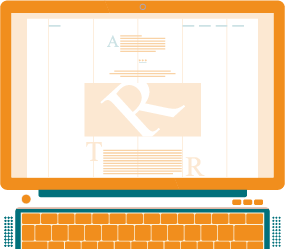Risk Management Blog
Content for Risk
Management Professionals

November 20, 2019
 Cybersecurity breaches. New regulatory requirements. Super storms, wildfires, flooding and droughts. Disruptive events became the new normal in the last decade. Companies will continue to face these challenges — compounded by new risk trends — and the implications for their businesses over the next decade.
Cybersecurity breaches. New regulatory requirements. Super storms, wildfires, flooding and droughts. Disruptive events became the new normal in the last decade. Companies will continue to face these challenges — compounded by new risk trends — and the implications for their businesses over the next decade.
Your organization’s strategic objectives can provide you with a present and future vision. But what do you need to know to forecast what’s ahead for the market and the world?
To help you create a vision, Procipient® offers some possible future scenarios and frameworks for enterprise risk management (ERM). Risk managers can use these predictions as a starting point for developing risk mitigation strategies:
While you don’t know what the future holds, future thinking is crucial for risk management. The following are some of the challenges risk managers will face in the next decade.
Your organization’s strategy is strengthened by peering into and preparing for future possibilities. This requires that your risk managers anticipate industry trends and consider them in planning and implementing the enterprise risk management function.
The world is changing at a breakneck pace. Plans and procedures must be agile. Consider the lessons learned and best practices codified over the last decade. Build on them to be successful in the decade ahead.
Whatever the future holds, request a demo of Procipient® today to see how it can help you design a robust, future-proof enterprise risk management program.